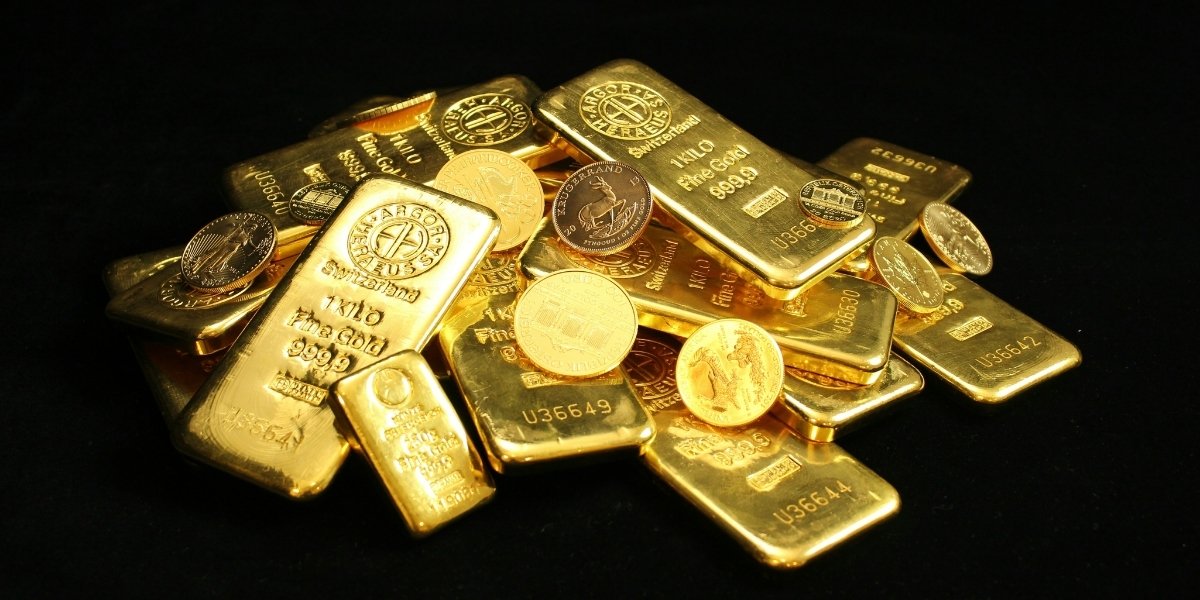Few elements in history have held as much significance as gold. From ancient civilizations to modern economies, its appeal extends beyond financial stability, adorning the world’s most treasured artifacts and enabling groundbreaking technological advancements. Whether as a symbol of wealth, a tool for innovation, or an artistic masterpiece, gold remains an irreplaceable part of human culture and progress.
Read Also: Moulin Rouge! The Musical: A Broadway Sensation
Why Is Gold Considered a Safe Haven Asset?
For centuries, gold has played a crucial role in global finance, serving as a store of value in uncertain times. Investors turn to it during economic downturns, inflationary periods, and geopolitical instability. Unlike paper currency, gold cannot be printed or artificially inflated, making it a hedge against financial crises.
Central banks hold substantial gold reserves to reinforce national economies, while investors add gold to their portfolios to balance risk. Factors influencing gold prices include inflation rates, interest rates, global demand, and shifts in currency values. Despite fluctuations, gold has consistently maintained its purchasing power over time, proving its resilience in global markets.
How Has Gold Shaped Jewelry and Art Across Cultures?
Beyond financial markets, gold’s aesthetic appeal and versatility have made it a staple in art and adornment. Ancient Egyptian pharaohs, Indian royals, and European monarchs used gold as a status symbol, crafting intricate jewelry, crowns, and decorative objects. Its rarity and natural luster made it a symbol of power, divine connection, and artistic mastery.
Goldsmiths worldwide have developed techniques like filigree, granulation, and engraving, showcasing extraordinary craftsmanship. Many cultural traditions still incorporate gold jewelry in weddings, religious ceremonies, and personal heirlooms, reinforcing its value beyond monetary worth. In museums and auction houses, historical gold artifacts fetch astronomical prices, underscoring its timeless allure.
Why Is Gold Essential in Modern Technology?
Gold’s applications extend far beyond finance and aesthetics. Its conductivity, resistance to corrosion, and biocompatibility make it indispensable in various industries, particularly in electronics, aerospace, and medicine.
In the technology sector, gold is a key component in smartphones, computers, and circuit boards, ensuring efficient electrical connections. Its reflective and thermal properties are crucial in spacecraft and satellites, protecting instruments from extreme temperatures. The medical industry also relies on gold nanoparticles in cancer treatments, diagnostic tools, and dental applications, proving its importance in life-saving innovations.
Despite its high cost, gold’s reliability and unique properties make it irreplaceable in advanced technology, securing its role in future scientific developments.
What Are the Environmental and Ethical Challenges of Gold Mining?
The process of gold mining presents significant environmental and social challenges. Large-scale mining operations disturb ecosystems, leading to deforestation, water pollution, and toxic waste production. Traditional mining methods often rely on cyanide and mercury, which pose severe risks to both miners and surrounding communities.
Ethical concerns also arise regarding labor conditions and fair wages in mining regions. In some areas, artisanal miners work under hazardous conditions with little regulation, making sustainability efforts essential. Responsible mining initiatives aim to reduce environmental damage, enforce ethical labor practices, and support community development.
The rise of recycled gold and eco-friendly mining techniques is reshaping the industry, ensuring that gold remains a sustainable resource for generations to come.
Read Also: Experience the Hungry Ghost Festival in San Francisco’s Chinatown
How Will Gold’s Role Evolve in the 21st Century?
As economic landscapes shift and new technologies emerge, gold’s function in global markets continues to evolve. Central banks still rely on gold reserves, but digital currencies and alternative assets challenge its dominance as a traditional store of value.
In the jewelry and art industries, changing consumer preferences favor ethically sourced gold, driving demand for fair-trade certifications and sustainable sourcing. Meanwhile, scientific advancements continue to uncover new applications for gold in nanotechnology, clean energy, and medical research, ensuring its relevance in future innovations.
Despite evolving financial and technological landscapes, gold’s historical significance, practical applications, and enduring beauty ensure that it remains one of the most valuable and influential materials in the world.
Published by Drake M.








